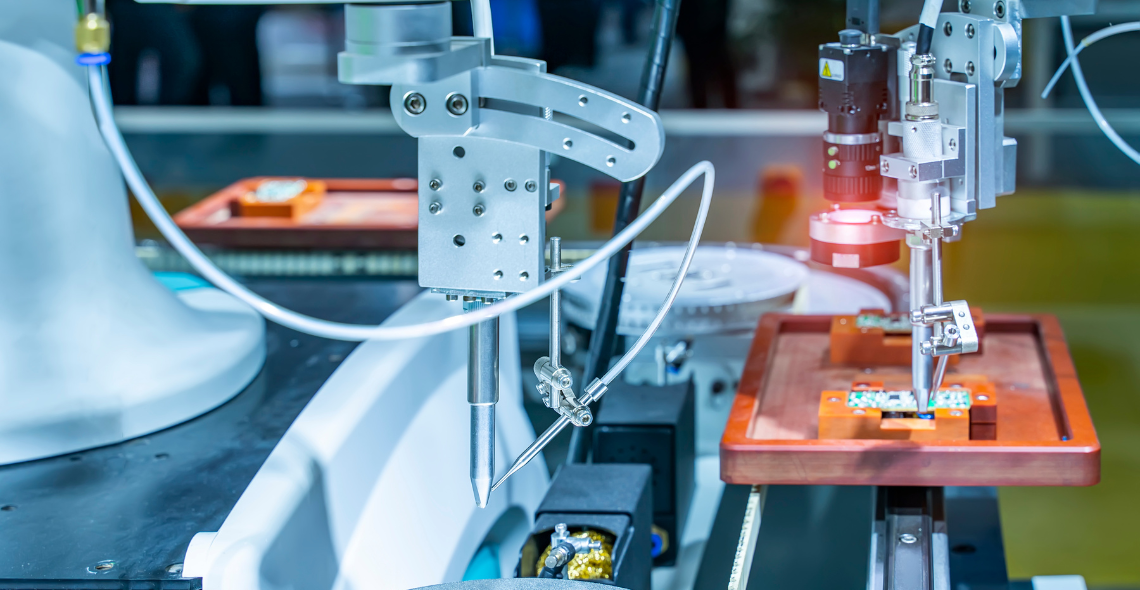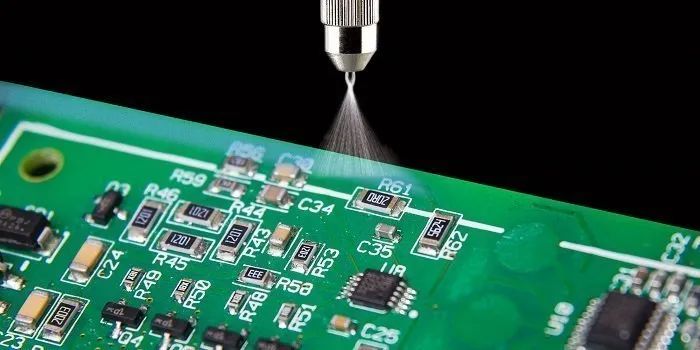Parylene Coating vs Acrylic
Published date: 08 July 2021

Parylene coating and acrylic coatings are the most popular conformal coating types. Because their qualities differ so greatly, they each have their own set of advantages and disadvantages. Let’s talk about it a bit more.
Applications of Parylene Coating and Acrylic
Acrylic conformal coatings are liquid conformal coatings that can be applied in four different ways: spray, dip, brush, or robotics. The approach chosen will be determined by a number of parameters, including the quantity of goods, the complexity of masking needs, and the skill level of the operators. They are typically used in the .002″ to .005″ range.
A vapour deposition procedure is used to apply parylene coating to the substrate or substance that is being coated. Typical parylene deposition rates are around .2/mils per hour, depending on the coating type and necessary thickness, hence machine runs can range from 1 hour to over 24 hours. Parylene films are usually applied between .0005″ and .002″

Common Uses
Humiseal Acrylics are commonly used to protect printed circuit boards from moisture.
While parylene can be used on printed circuit boards, it also has numerous applications in medical devices.
Cost
Parylene is often more expensive than other conformal coatings. Many variables contribute to this, including the method itself, the raw materials used, and the work required to properly prepare a device for coating. While this is not always the case, when an item is priced in parylene and wet chemistry, the parylene pricing is usually greater.
Acrylic conformal coating is a relatively inexpensive coating option.
Unique features of Parylene Coating
One of the most important benefits of parylene is that it may be applied in very thin layers. It is also very resistant to moisture, solvents, and temperature extremes, and it has a high dielectric strength. However, once applied, parylene coatings are extremely difficult to remove, and goods may only be re-coated using the same vapour deposition procedure described above.
Unique features of Acrylic
Acrylic conformal coatings have high dielectric strength, good moisture resistance, and moderate abrasion resistance. The ease with which they can be removed is what truly distinguishes them. While parylene requires a specialist method to remove, acrylic coatings can be removed with solvents. However, they are unable to guard against solvents and solvent vapours.
Conclusion
Acrylic coatings are a suitable choice for entry-level protection since they are inexpensive to apply and can protect against a wide range of pollutants. Parylene coatings are more resistant to moisture and abrasion and have a higher dielectric strength, but they require a more specific application and removal technique. The best way to figure out which of these coating options will be the best fit for a PCB or another product is to contact us.
ConRo Electronics is an exclusive distributor of Humiseal and all major types of conformal coatings.
We’ll show you how to improve product reliability while increasing performance and lowering costs. Our team of technical support specialists will provide your company with dependable global supply, unrivaled efficiency, and superior technical support.
Feel free to contact us on 0208 953 1211 or send us an email to info@conro.com
Parylene coating and acrylic coatings are the most popular conformal coating types. Because their qualities differ so greatly, they each have their own set of advantages and disadvantages. Let’s talk about it a bit more.
Applications of Parylene Coating and Acrylic
Acrylic conformal coatings are liquid conformal coatings that can be applied in four different ways: spray, dip, brush, or robotics. The approach chosen will be determined by a number of parameters, including the quantity of goods, the complexity of masking needs, and the skill level of the operators. They are typically used in the .002″ to .005″ range.
A vapour deposition procedure is used to apply parylene coating to the substrate or substance that is being coated. Typical parylene deposition rates are around .2/mils per hour, depending on the coating type and necessary thickness, hence machine runs can range from 1 hour to over 24 hours. Parylene films are usually applied between .0005″ and .002″
Common Uses
Humiseal Acrylics are commonly used to protect printed circuit boards from moisture.
While parylene can be used on printed circuit boards, it also has numerous applications in medical devices.
Cost
Parylene is often more expensive than other conformal coatings. Many variables contribute to this, including the method itself, the raw materials used, and the work required to properly prepare a device for coating. While this is not always the case, when an item is priced in parylene and wet chemistry, the parylene pricing is usually greater.
Acrylic conformal coating is a relatively inexpensive coating option.
Unique features of Parylene Coating
One of the most important benefits of parylene is that it may be applied in very thin layers. It is also very resistant to moisture, solvents, and temperature extremes, and it has a high dielectric strength. However, once applied, parylene coatings are extremely difficult to remove, and goods may only be re-coated using the same vapour deposition procedure described above.
Unique features of Acrylic
Acrylic conformal coatings have high dielectric strength, good moisture resistance, and moderate abrasion resistance. The ease with which they can be removed is what truly distinguishes them. While parylene requires a specialist method to remove, acrylic coatings can be removed with solvents. However, they are unable to guard against solvents and solvent vapours.
Conclusion
Acrylic coatings are a suitable choice for entry-level protection since they are inexpensive to apply and can protect against a wide range of pollutants. Parylene coatings are more resistant to moisture and abrasion and have a higher dielectric strength, but they require a more specific application and removal technique. The best way to figure out which of these coating options will be the best fit for a PCB or another product is to contact us.
ConRo Electronics is an exclusive distributor of Humiseal and all major types of conformal coatings.
We’ll show you how to improve product reliability while increasing performance and lowering costs. Our team of technical support specialists will provide your company with dependable global supply, unrivaled efficiency, and superior technical support.
Feel free to contact us on 0208 953 1211 or send us an email to info@conro.com




Comments
There are currently no comments, be the first to comment.